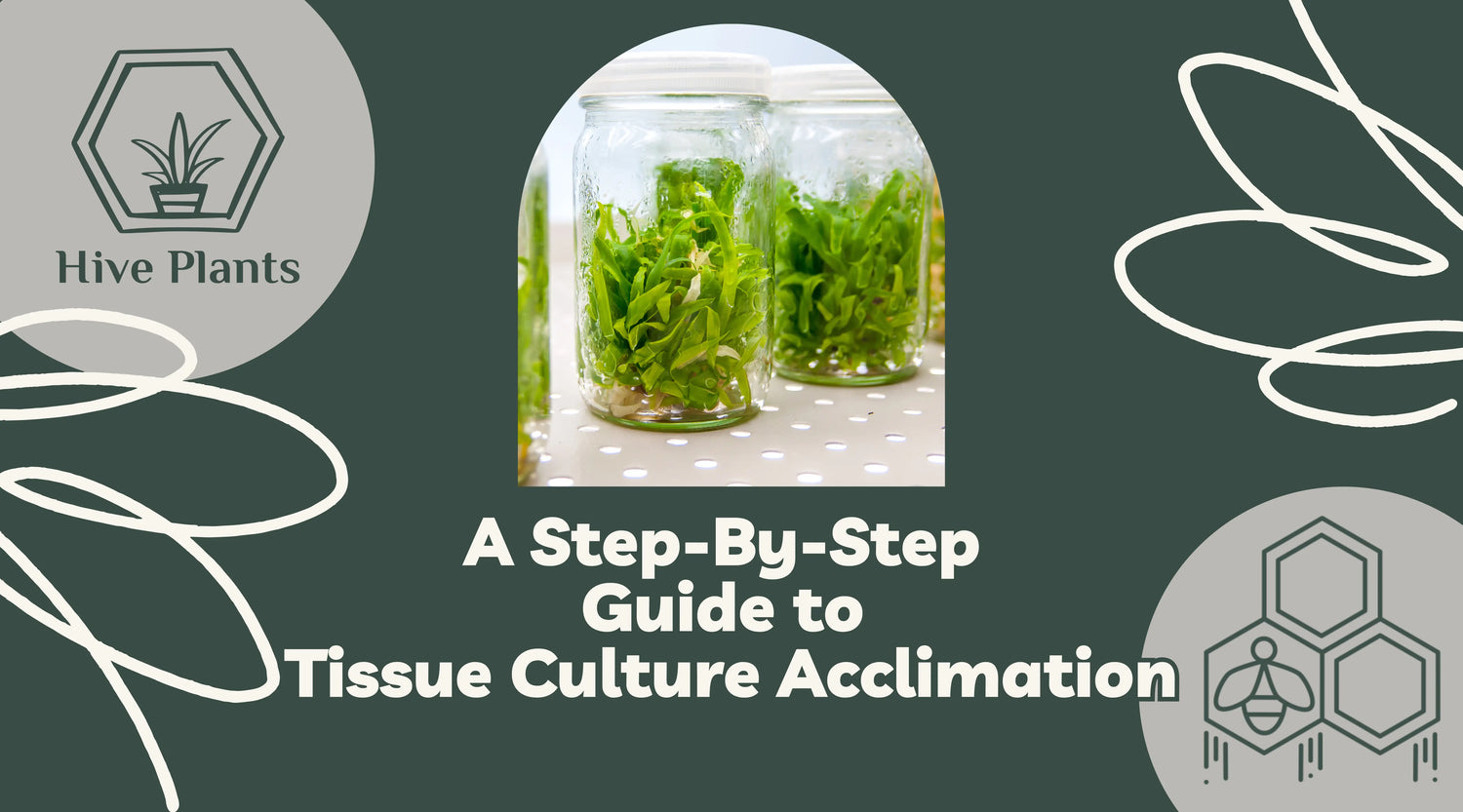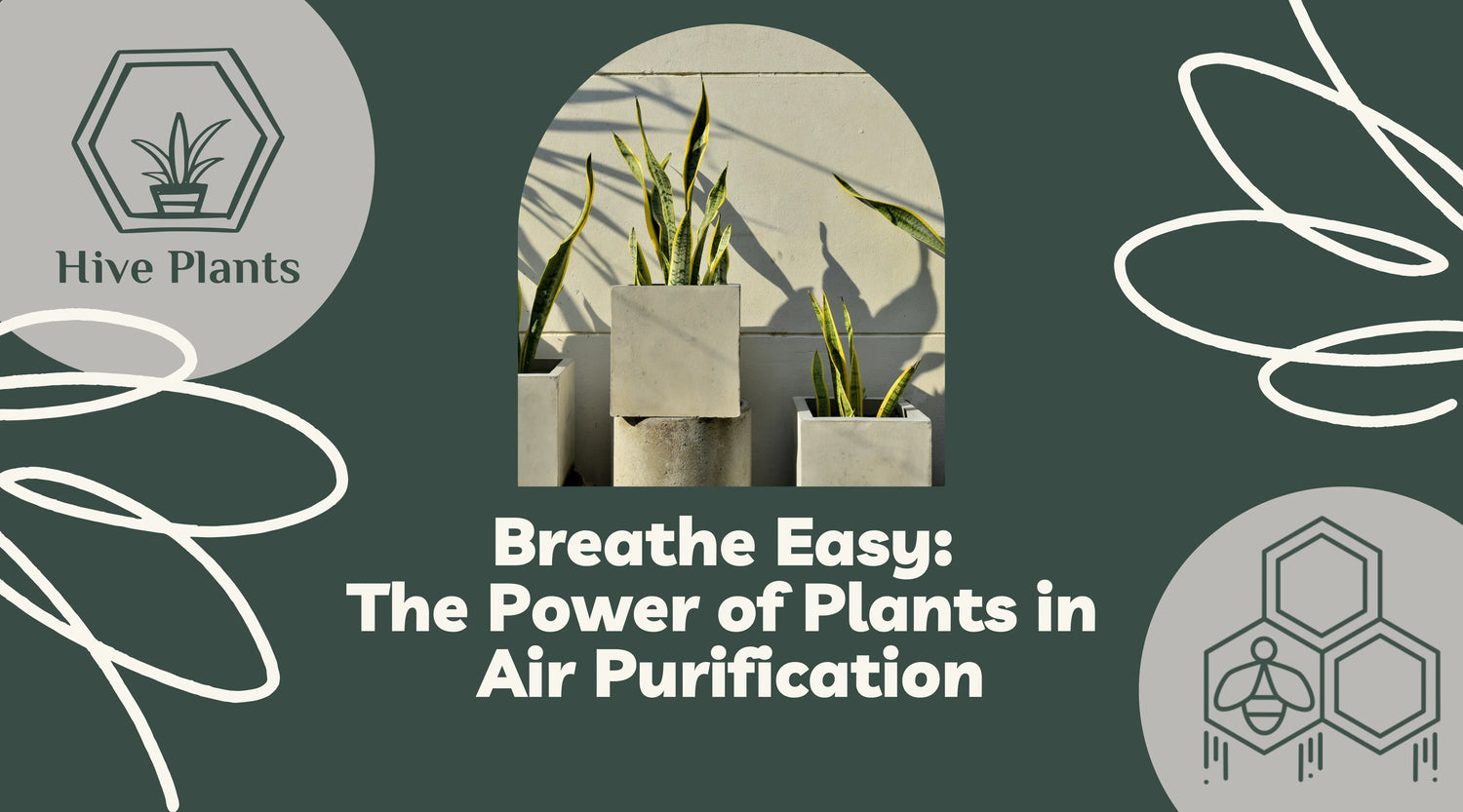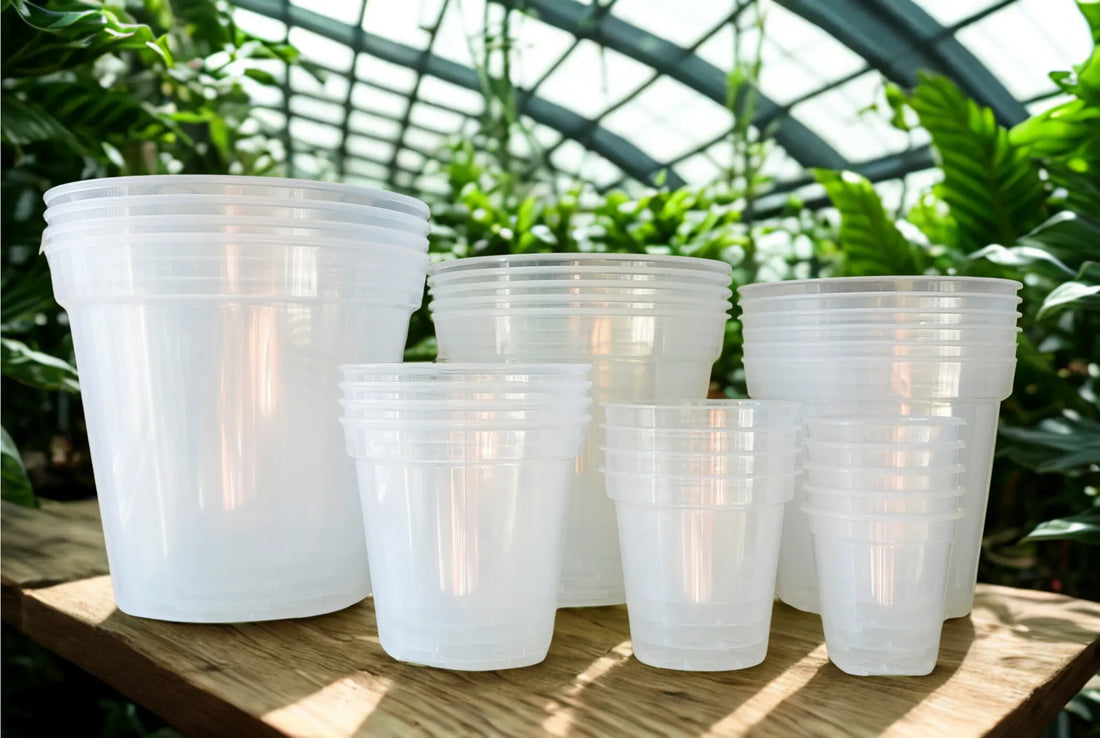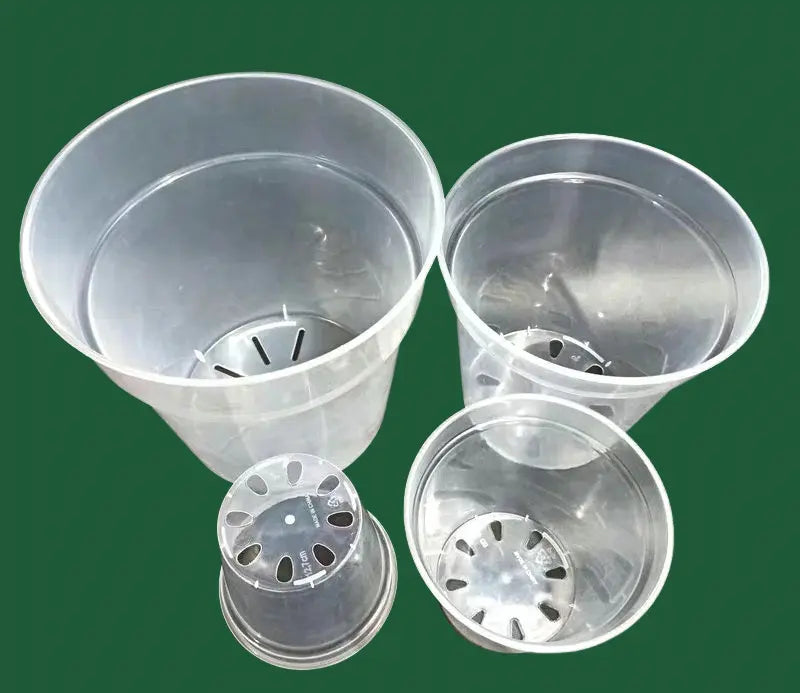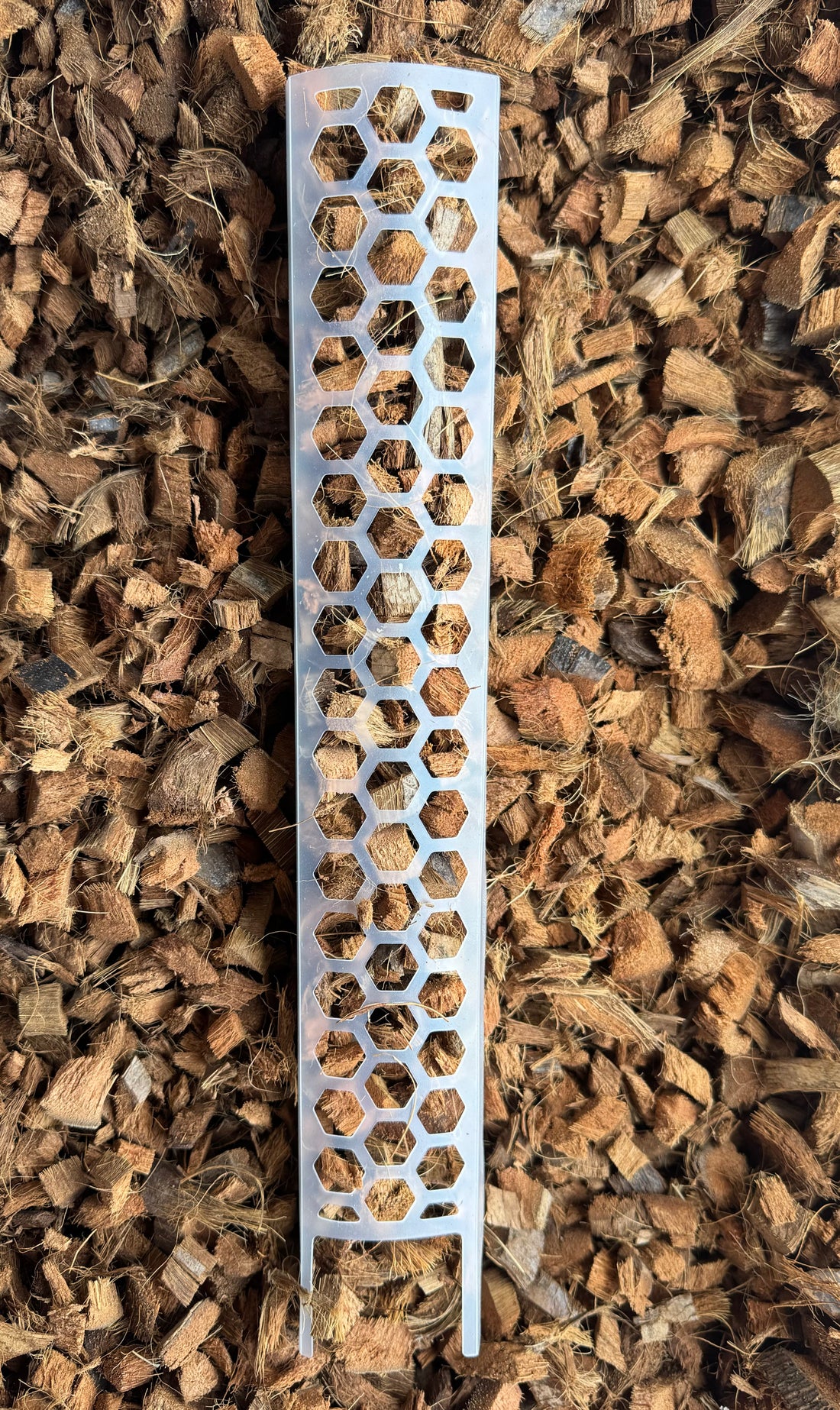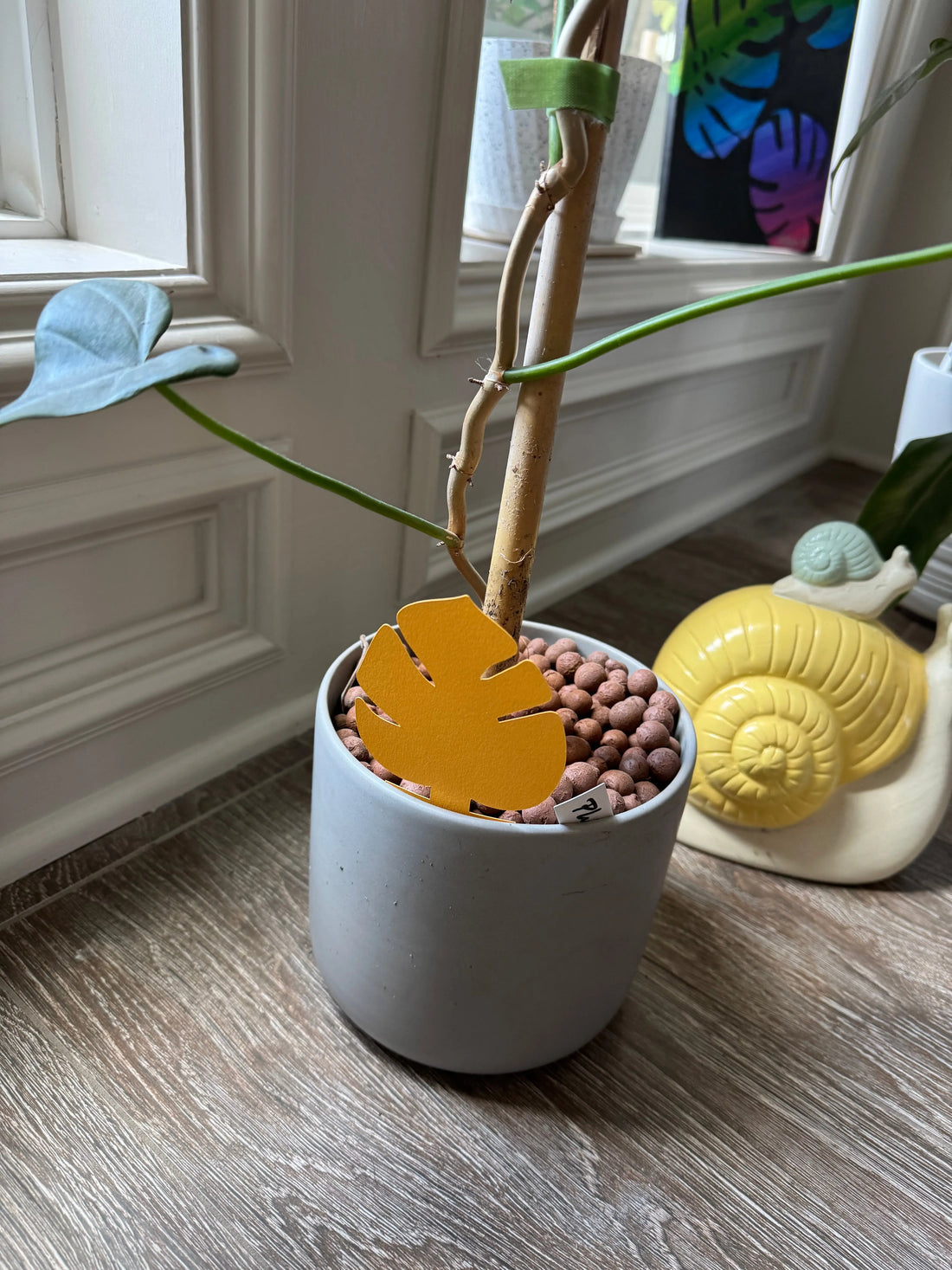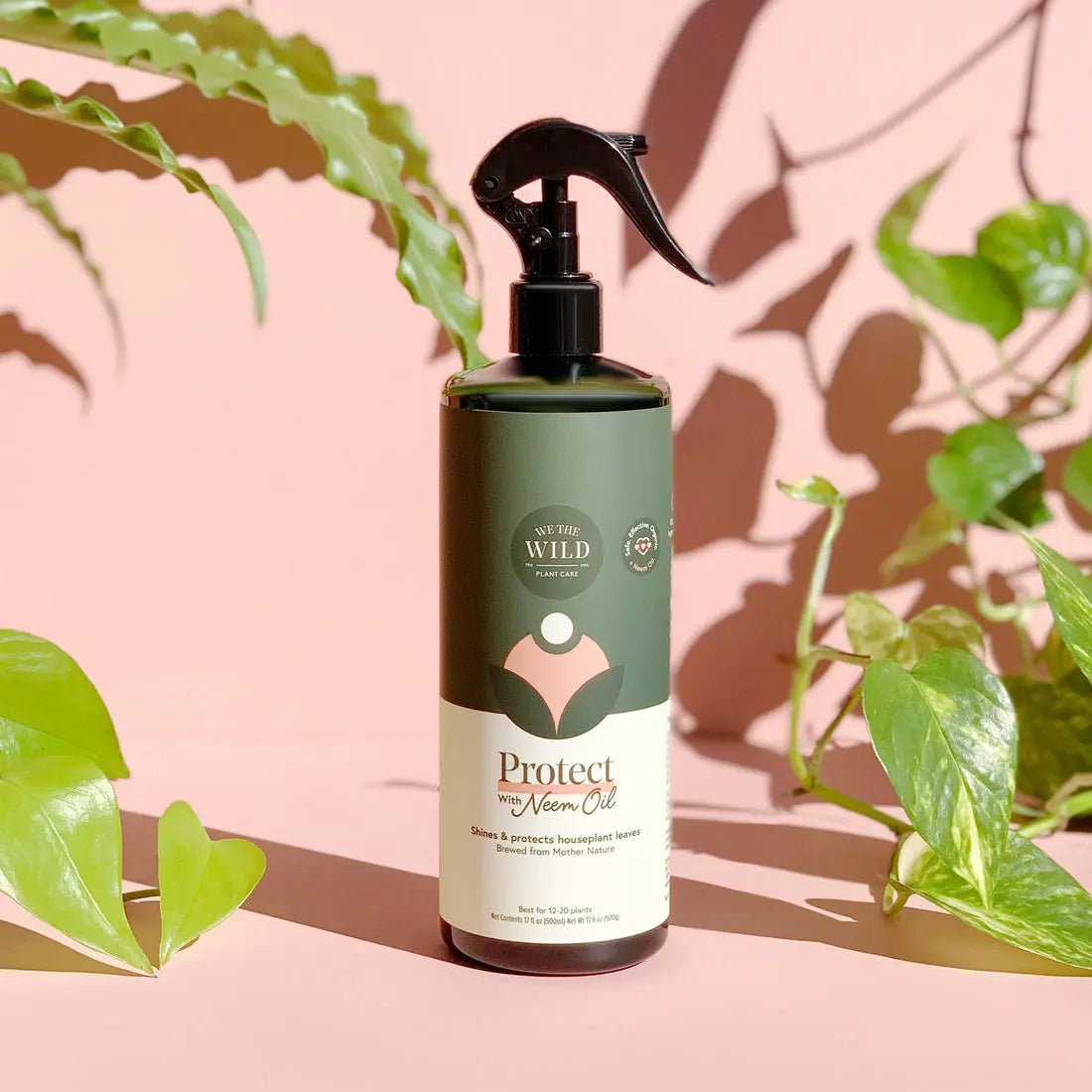Peace lilies are vibrant and lovely, with verdant leaves that grace any indoor space with a touch of life. They’re also on NASA’s list of top air-purifying plants. The really great news, though, is that peace lilies are easy to care for. With these tips, you can enjoy them for both their aesthetic and function for years to come.
Here's what you need to know about keeping your peace lily happy
Light
Peace lilies require bright, indirect light and should be placed in an area where they will receive at least four hours of sunlight per day. They also prefer temperatures between 65-80 degrees Fahrenheit and should be kept away from drafts or air conditioning vents. With the right light requirements, peace lilies can thrive and bring beauty to your home for years to come.
Water
Peace lilies prefer moist soil, but not soggy or overly wet soil. The best way to water a peace lily is to give it a thorough soaking once every week or two, allowing the water to drain out of the pot completely. During periods of extreme heat or drought, you may need to water your peace lily more frequently in order to keep its soil moist. Additionally, misting your peace lily with a spray bottle can help keep its leaves hydrated and prevent them from drying out.
Humidity
Peace lilies enjoy high humidity. Misting their leaves or placing their pot atop a moistened tray of gravel can help to increase humidity around the plant.

Potting
Plant or replant your lilies in a container that is twice as large as the root ball with well-draining, all-purpose potting soil. The soil should be able to hold moisture and dry out slowly over time. Peace lilies don’t like to dry out entirely, but they also won’t do well if kept in soil that’s constantly wet, as this fosters root rot fungus.Repotting the plant every few years in the spring is good for the peace lily, as it will appreciate the refreshed soil.
Eventually, the peace lily may grow too large for its pot, at which point it can be divided. Remove the plant from its pot and split it into smaller plants, being sure to leave several leaves per clump. Peace lilies grow from rhizomes, so it can tolerate a bit of tough treatment during dividing.
Toxic
Unfortunately peace lilies are toxic to cats and dogs.

Unhealthy Plant Signs
Brown leaf tips are commonly caused by excessive direct sunlight, over-fertilization, or lack of water and/or low humidity. Keeping the plant on a tray of moistened gravel or misting the leaves can help to increase humidity.Yellow leaves may be caused by overwatering, underwatering, or old age (of the leaf). If the oldest leaves are yellowing and the plant hasn’t been repotted in a while, it may just need more space to stretch its roots.
Scale and mealybugs will happily take up residence on the plant, if given the opportunity. A thorough wipe-down of leaves with a dish soap and water solution or insecticidal soap can be effective at stopping them, though repeated applications may be necessary.
Droopy or wilting leaves are often the result from too much water. Often once per week is enough. When you water the plant, wait until the moisture comes out the drainage holes but never leave water sitting in the saucer or water the saucer, hoping the moisture moves up the plant. If the water drains too quickly through to the saucer, then your soil is too sandy; your soil needs to be well-draining and porous, containing peat moss, fine bark, or perlite.
Ready to add a peace lily to your collection? Shop Now!







